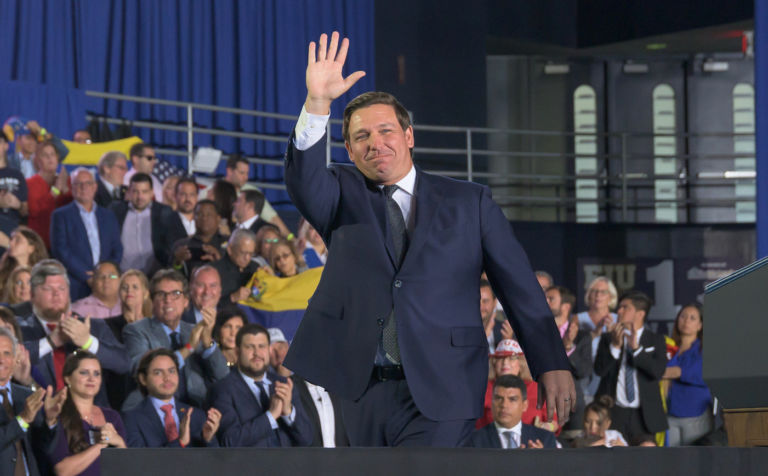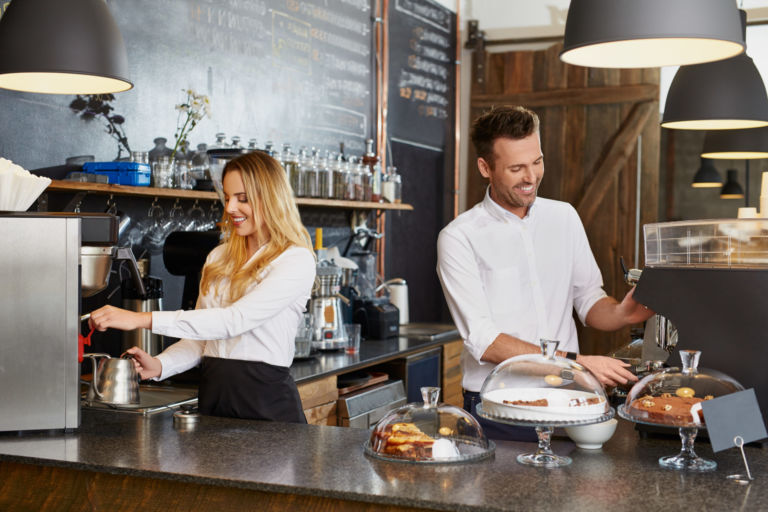Bruno Manno writes at Real Clear Education about facts that appear clear to everyone but recalcitrant teacher union representatives.
By the end of March 2020, COVID-19 had forced nearly all U.S. public schools to close. Now, one year later, it’s safe to reopen them.
That’s the conclusion reached from an analysis of over 130 studies on the issue from the U.S. and 190 countries. These studies include medical research and the practical experiences of educators who have opened and worked in schools over the past year. …
… The new report clearly argues that there’s no longer any medical or safety reason to continue school closures. It covers many topics, including risks for children and teachers, transmission issues, and the impact of openings on community spread. It provides answers not available a year ago when schools closed and offers a roadmap for how to resume in-person instruction safely.
There are three key findings.
First, we now know that closings impose major costs on students and society that must be balanced against public health benefits. For example, children now face greater personal health risks and mental health challenges. …
… Second, the vast majority of research shows that children make up a small share of COVID-19 cases, develop less severe illness, and have lower mortality rates. Attending school does not increase risk to children, especially if health procedures are followed.
In addition, evidence suggests that schools mirror the transmission rates of their communities. Schools themselves don’t appear to drive community transmission. …
… Third, protective measures such as mask wearing, physical distancing, increasing hygiene, and improving ventilation lessen risks for students and school staff. COVID-19 vaccinations, symptomatic testing and isolating of potentially infected individuals, and asymptomatic COVID-19 screening tests offer additional preventive benefits.
Some children, faculty, and staff do face higher risks due to preexisting health conditions and other factors. They should have additional accommodations to protect them, including the option to teach or learn from home.


